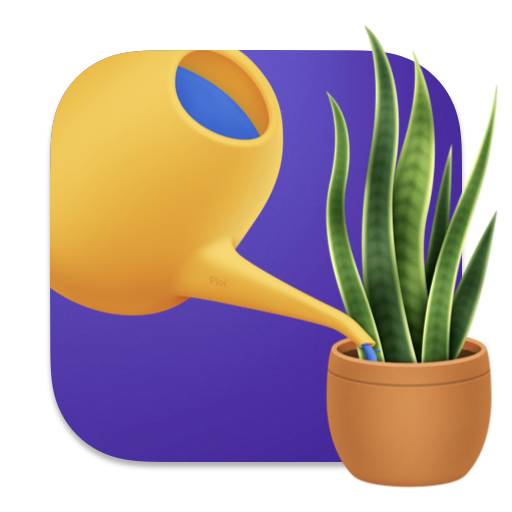Clinopodium vulgare aka Wild Basil
Taxonomy ID: 15050
Clinopodium vulgare, also known as wild basil, is a perennial flowering plant in the Lamiaceae family. It features soft, hairy stems with a slightly aromatic scent and usually unbranched growth. The oval-shaped leaves are slightly toothed and have short stalks. In late summer, this plant produces whorls of pinkish purple flowers, measuring between 1.2 and 2.2 cm in length. While Clinopodium vulgare is a super rare houseplant, it requires regular watering to thrive. It thrives best in long-lasting, direct light and should be positioned within 1 foot of a window.
Common names
Wild Basil, Cushion Calamint, DogmintMore information about Wild Basil
What is the growth pattern and size of Wild Basil?
Wild Basil grows vertically and new growth emerges from the top of the plant.
What is the region of origin of Wild Basil
Wild Basil’s native range is Most of Europe, including Britain, south and west to N. Africa, Siberia, central and western Asia.
What are the water needs for Wild Basil
Wild Basil should be watered regularly, allowing the soil to dry out between waterings.
What is the right soil for Wild Basil
Wild Basil loves a well-draining soil. Perlite and vermiculite help with drainage, while coco coir adds organic matter, so a good potting soil mix will have all three. You can improve store-bought soil by adding some perlite to it.
What is the sunlight requirement for Wild Basil
To ensure optimal growth, the Wild Basil prefers bright diffused light for 6-8 hours each day. Insufficient light can result in slow growth and leaf drop, so it's important to find a well-lit location for this plant. Place it near a window, within a distance of 1 meter (3 feet), to enhance its potential for thriving.
How to fertilize Wild Basil
Repotting the Wild Basil is necessary either when it has doubled in size or once every year, whichever happens first. With fresh potting soil replenished annually, the plant will receive all the necessary nutrients, rendering the use of fertilizer unnecessary. Keep in mind that the source of a plant's energy is the sun, not fertilizer.
Is Wild Basil toxic to humans/pets?
The toxicity level of this plant has not been officially confirmed by Ploi. If there is a possibility of ingestion of plant material with an uncertain toxicity by you, a family member, or a pet, it is advisable to seek the assistance of a medical professional.
More Species in Clinopodium Genus

Clinopodium glabellum Ozark Calamint
Clinopodium chinense Calamintha Chinensis Grandiflora
Clinopodium caucasicum Clinopodium Caucasicum

Clinopodium menthifolium Wood Calamint

Clinopodium nepeta Lesser Calamint
Clinopodium gracile Slender Wild Basil

Clinopodium brownei Browne's Wild Basil
Clinopodium acinos Basil Thyme
Clinopodium arkansanum Limestone Calamint



